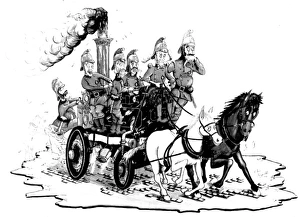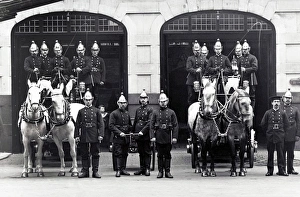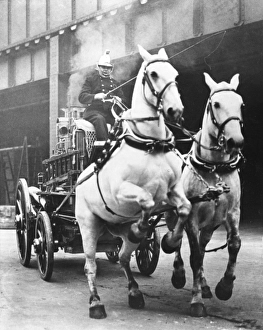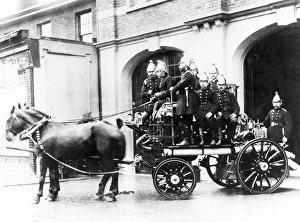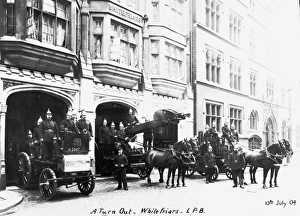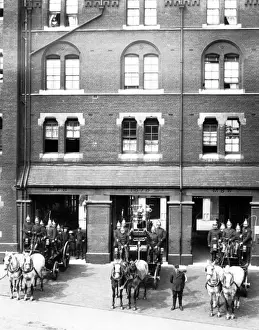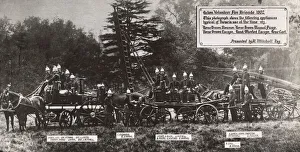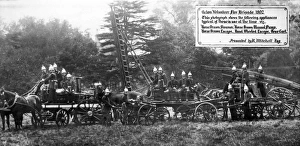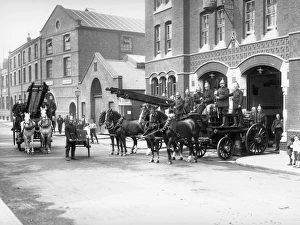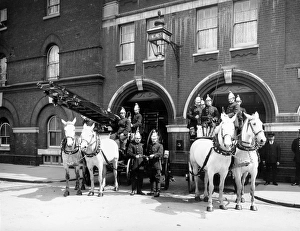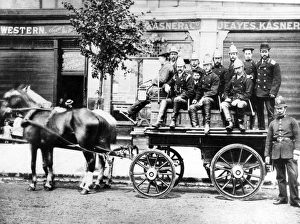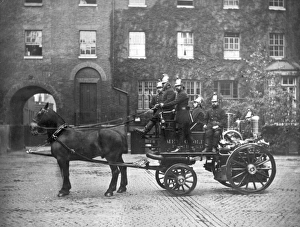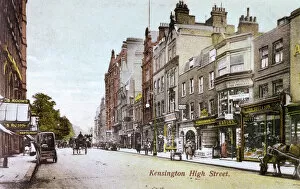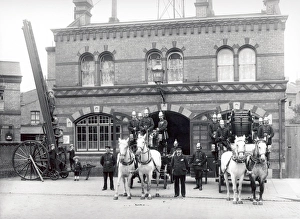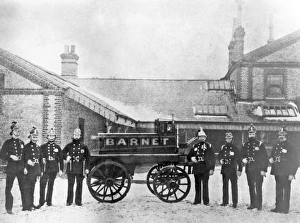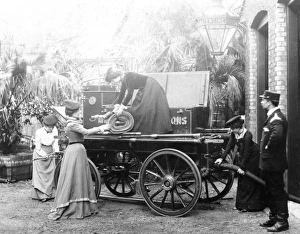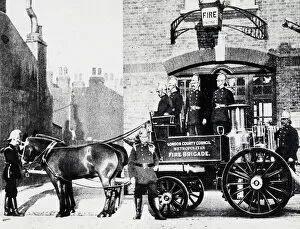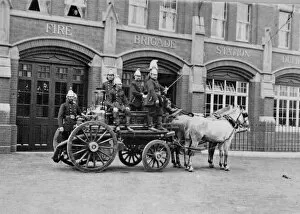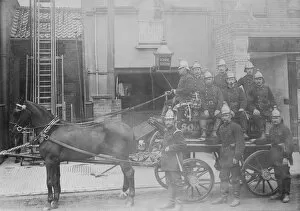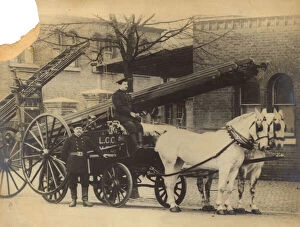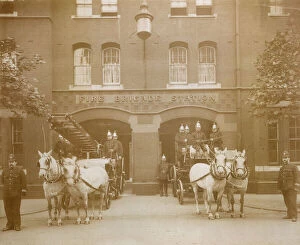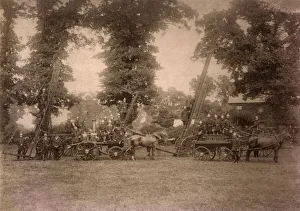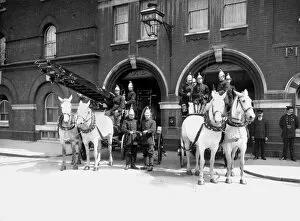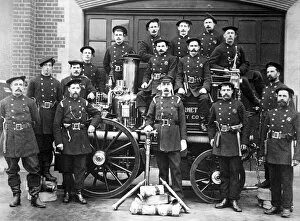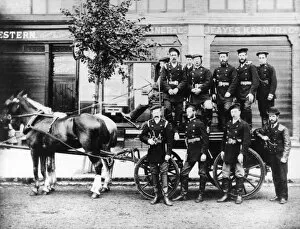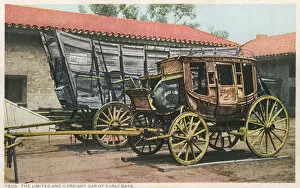Horsed Collection
In the bygone era of Victorian London, fire brigades relied on the strength and speed of their trusty steeds to battle raging infernos
All Professionally Made to Order for Quick Shipping
In the bygone era of Victorian London, fire brigades relied on the strength and speed of their trusty steeds to battle raging infernos. From Chris Reynolds' whimsical cartoons depicting a horse-drawn fire engine to the bustling scenes at LCC-LFB Kennington fire station in Lambeth, these majestic creatures played an integral role in firefighting history. One can't help but marvel at the sight of LCC-MFB Red Cross Street fire station's impressive engine, proudly pulled by a team of powerful horses. As we commemorate London Fire Brigade's 150th anniversary, it is fascinating to witness how technology has evolved from those early days when horse-drawn steamers were considered cutting-edge. Even Croydon Fire Brigade had its own brigade headquarters where horses stood ready for action. The iconic image of LCC-LFB Bishopsgate fire station in City of London showcases not only the grandeur of the building but also highlights the importance placed on equine companionship during emergency situations. Southwark's LCC-MFB HQ station stands as a testament to both human and equine bravery. Acton Volunteer Fire Brigade and various other volunteer groups joined forces with their own horse-drawn appliances, demonstrating unwavering dedication to protecting their communities. The historic photographs capture moments frozen in time – Ealing Fire Brigade proudly displaying their horse-drawn appliance while stationed at Southwark or Shadwell fire station's gallant steeds poised for action in East London. These images transport us back to an era when horsepower was literal rather than metaphorical. They remind us that behind every successful firefighting operation stood these magnificent animals who fearlessly charged into danger alongside their human counterparts. As we reflect upon our modern-day advancements and state-of-the-art equipment, let us not forget the noble role played by these loyal companions throughout history. Their contribution should be celebrated as an integral part of London Fire Brigade's rich heritage.

